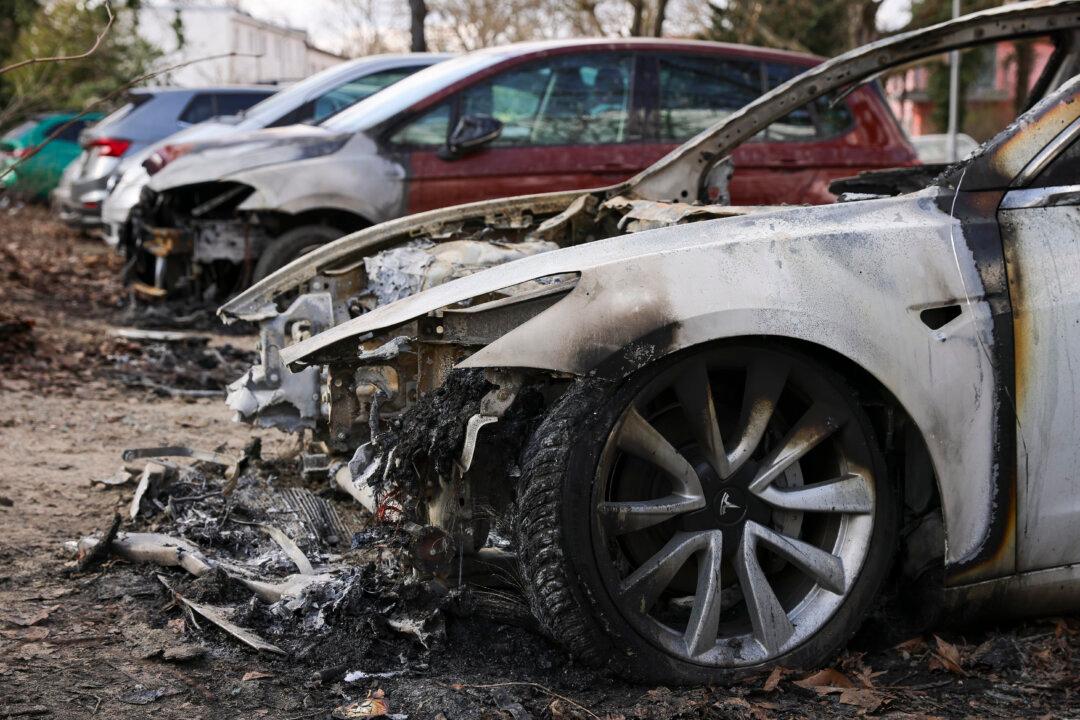Australians are starting to find it a struggle to live with the rising costs of living as everything from food to rent continues to increase with the rising price of goods and services, causing the Reserve Bank of Australia (RBA) to revise its inflation forecast to six percent over the second half of 2022.
According to data from the Australian Bureau of Statistics, transport prices were a primary contributor to inflation in the March quarter, with the second-highest growth rate of 4.2 percent, due to the Russia-Ukraine war and increased demand resulting from easing COVID-19 restrictions. However, this figure was only below the increase in education prices of 4.5 percent.





